
Today is the birthday of Susan Boyle, who describes herself as a “Beverage Consultant and Researcher. Performer, Playwright, freelance Arts Facilitator and maker of Brigid’s Ale.” She makes the Braggot with her sister Judith at Two Sisters Brewing in Kildare, Ireland. We met a couple of years ago judging at the Brussels Beer Challenge and discovered we’re kindred spirits, especially when it comes to frites. Please join me in wishing Susan a very happy birthday.
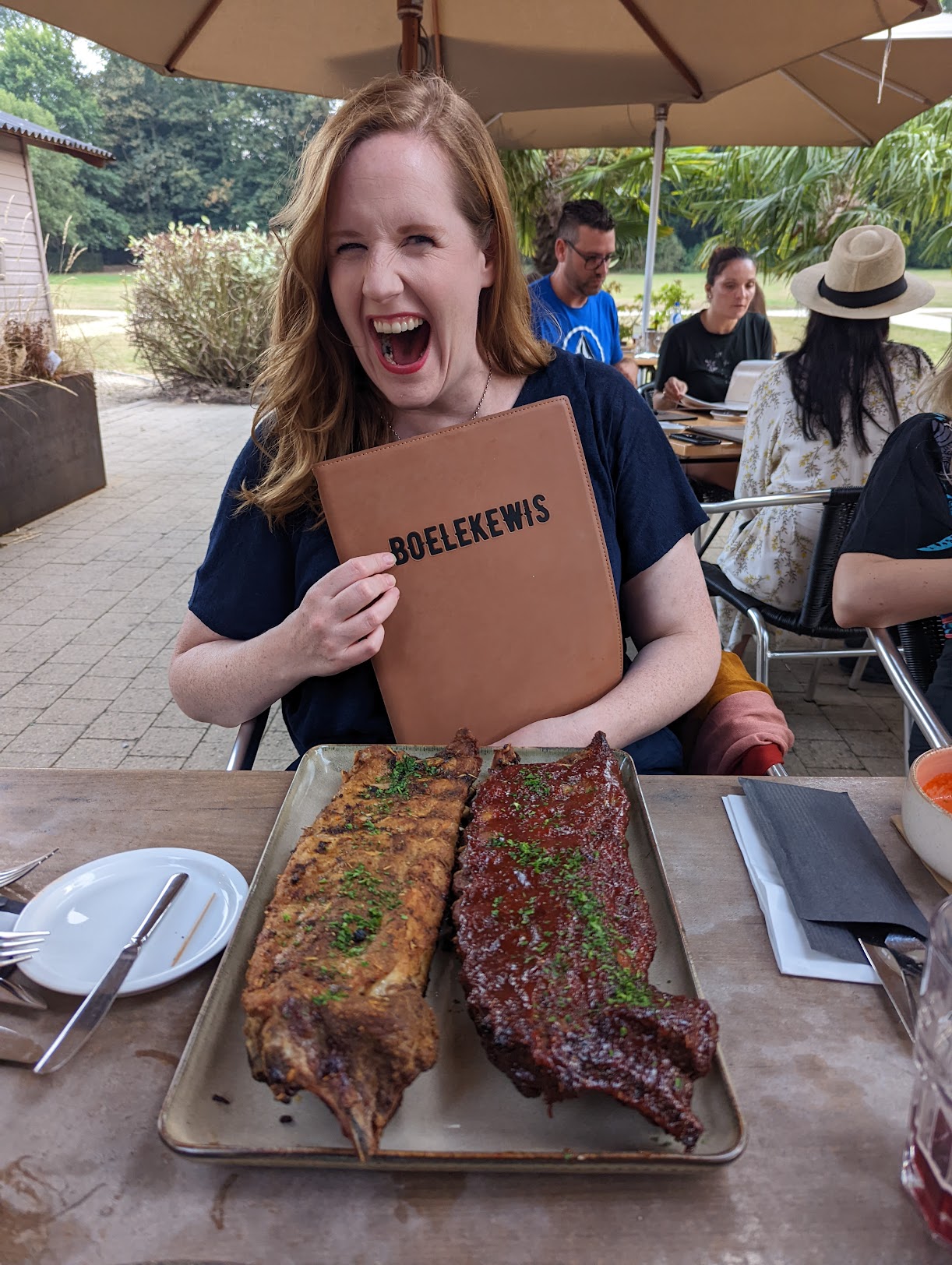
Having dinner at Boelekewis in Belgium last August.

Susan, Carl Kins, Stephen Beaumont and Chris Swersey in Mechelen.
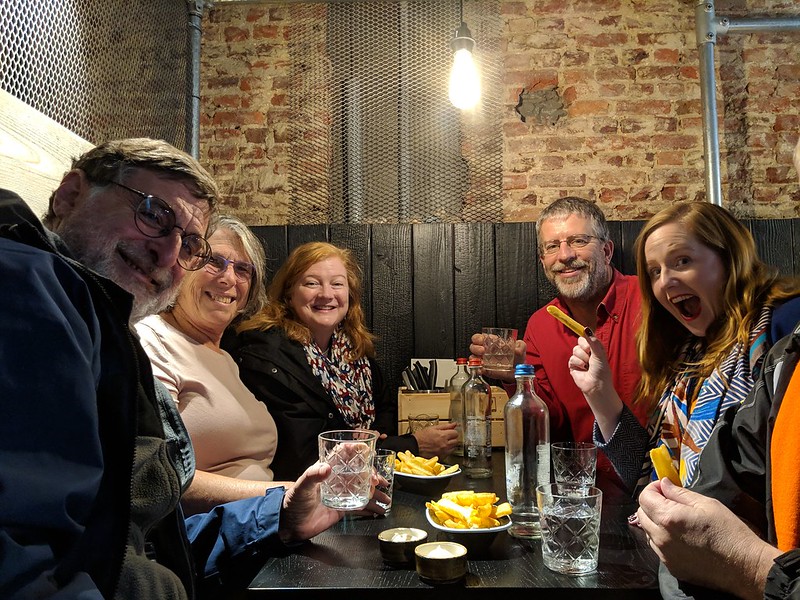
On a fry crawl in Belgium.
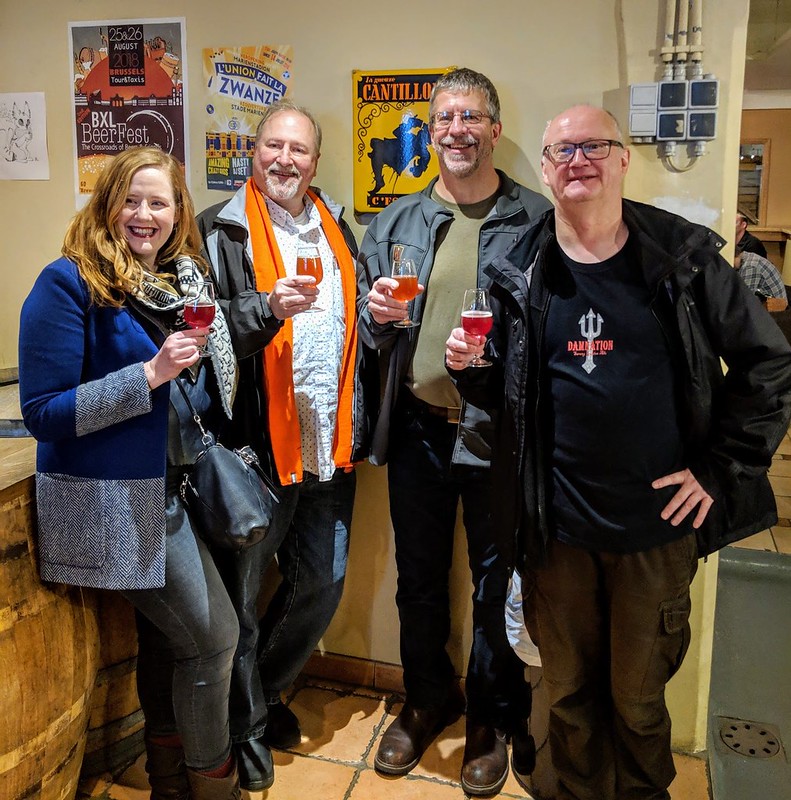
Susan, me, Chris Swersey and Cark Kins at Cantillon.

Outstanding in her field.

As a Viking with her sister Judith at the Kildare Medieval Festival.
Note: Last two photos purloined from Facebook.




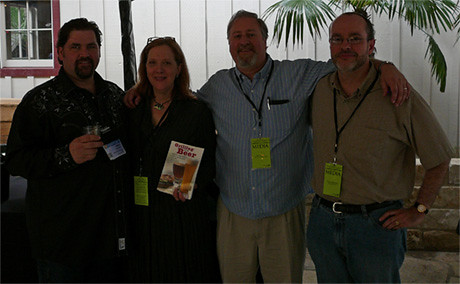

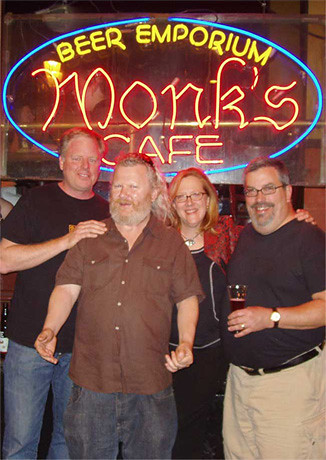

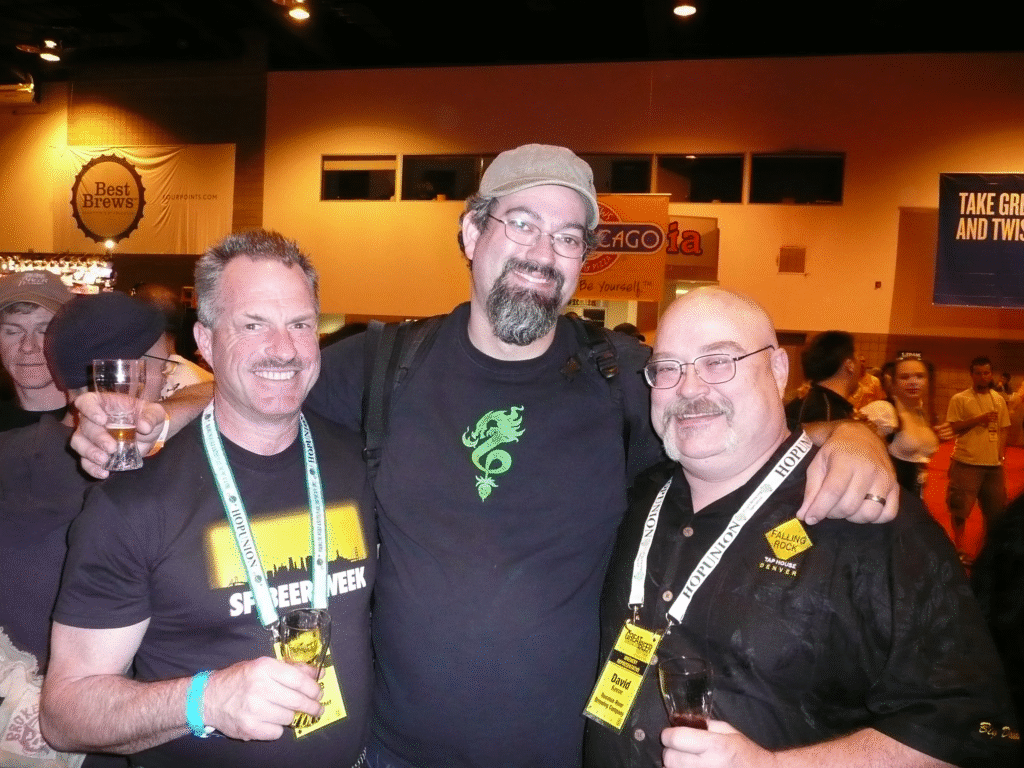
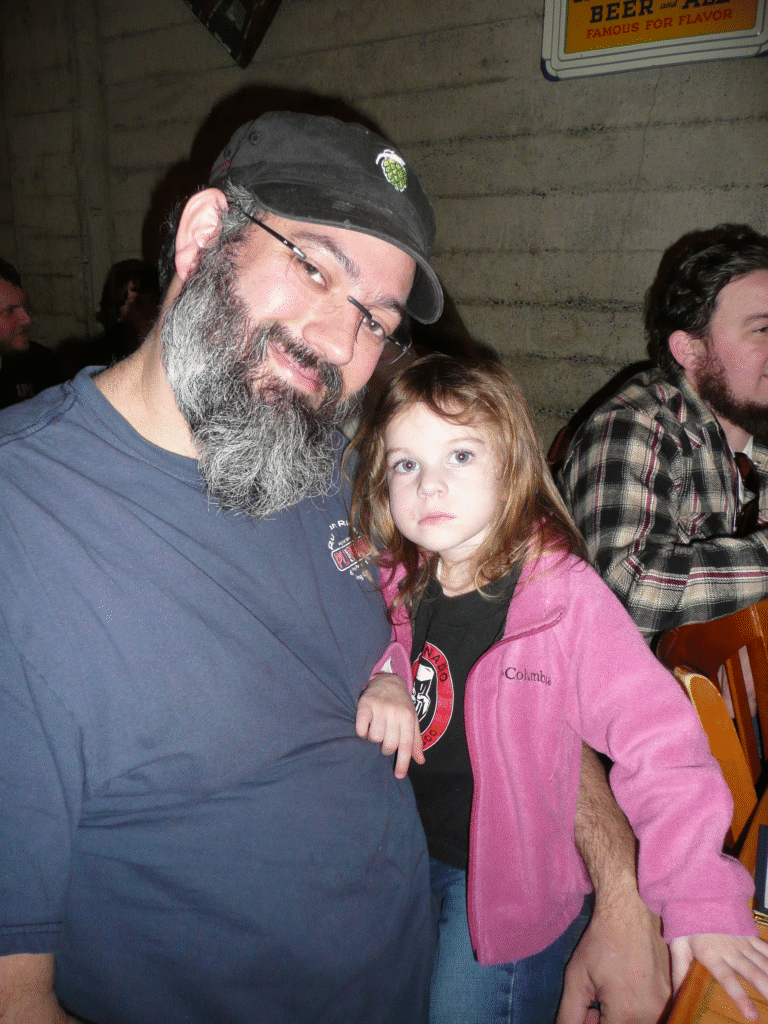
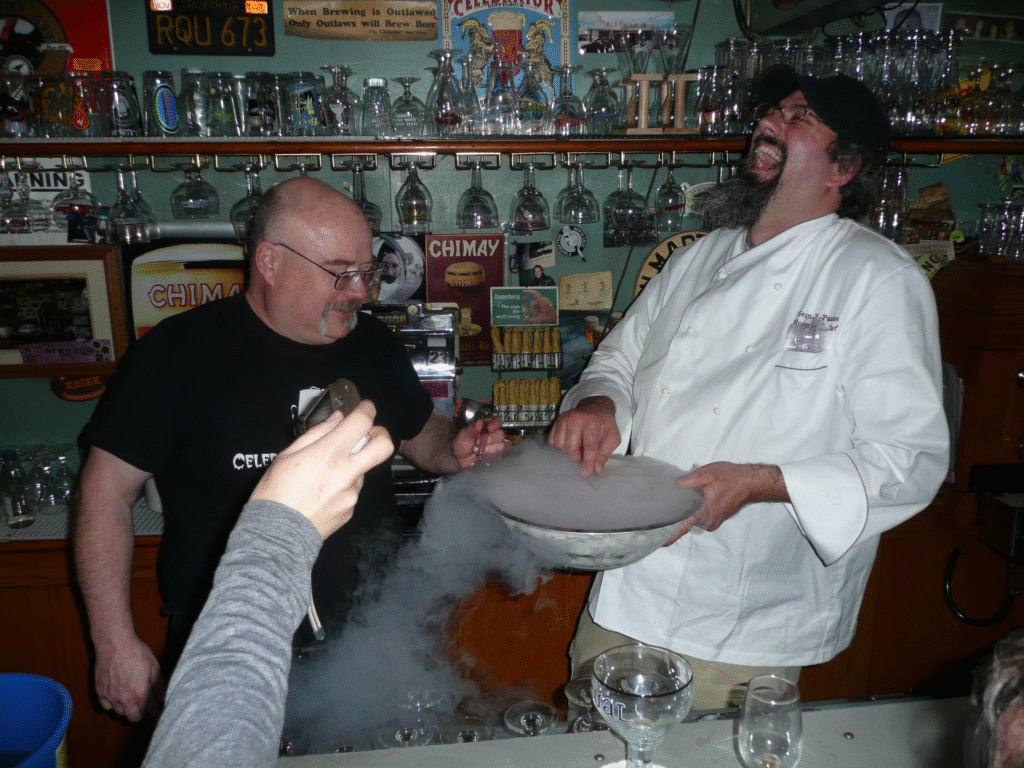
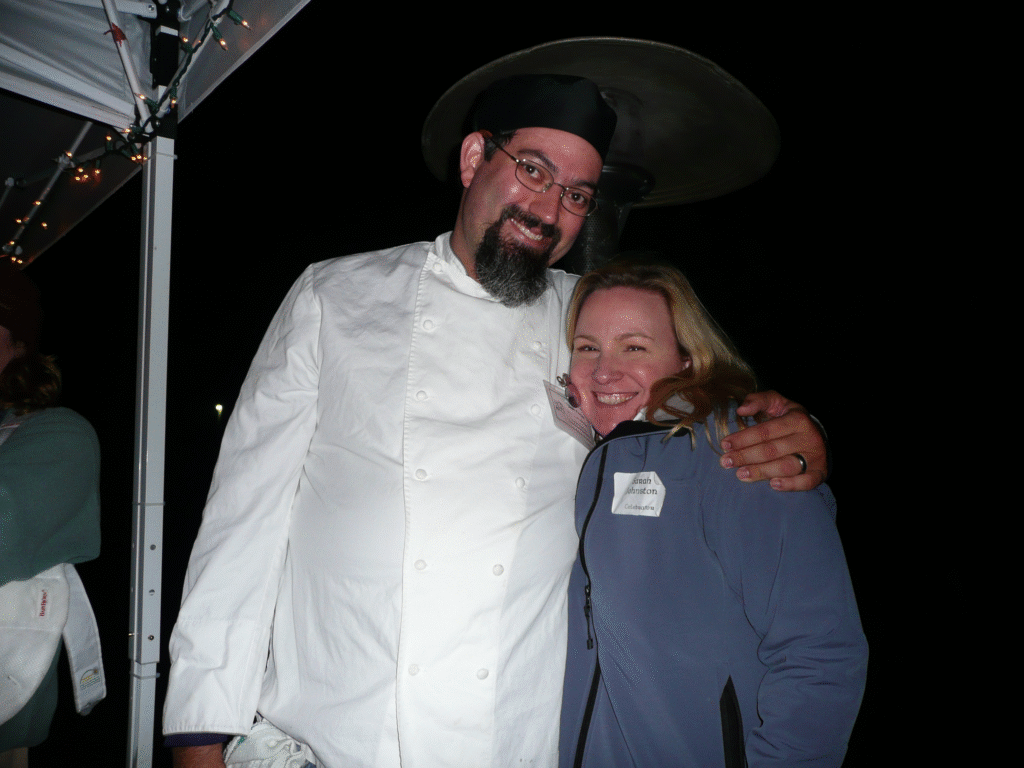
 Matt Bonney, Stephen Beaumont, Sean, Pete Slosberg & Rick Sellers at the Bistro for the Double IPA Festival several years back.
Matt Bonney, Stephen Beaumont, Sean, Pete Slosberg & Rick Sellers at the Bistro for the Double IPA Festival several years back.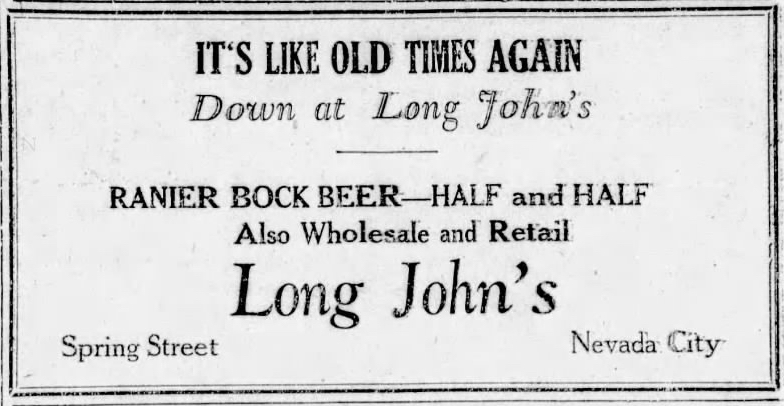

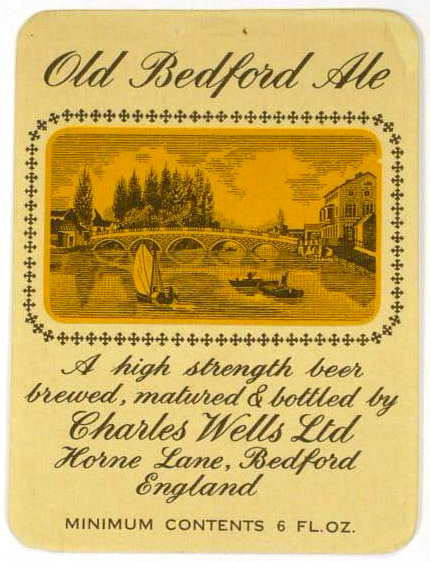

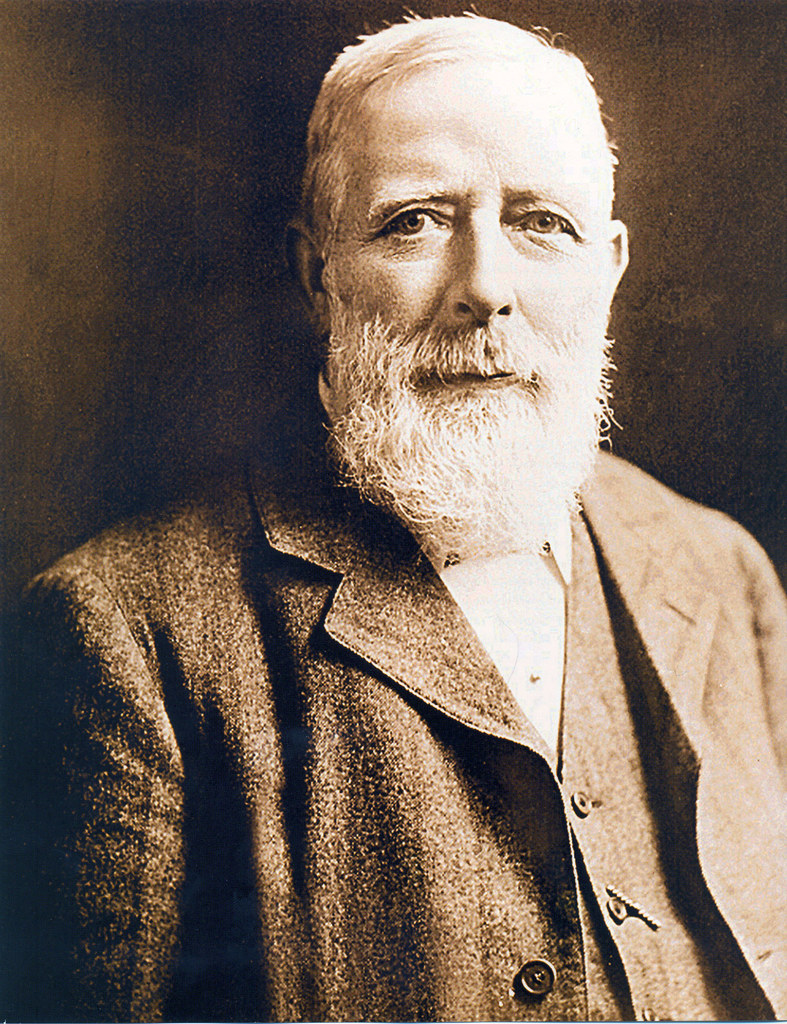

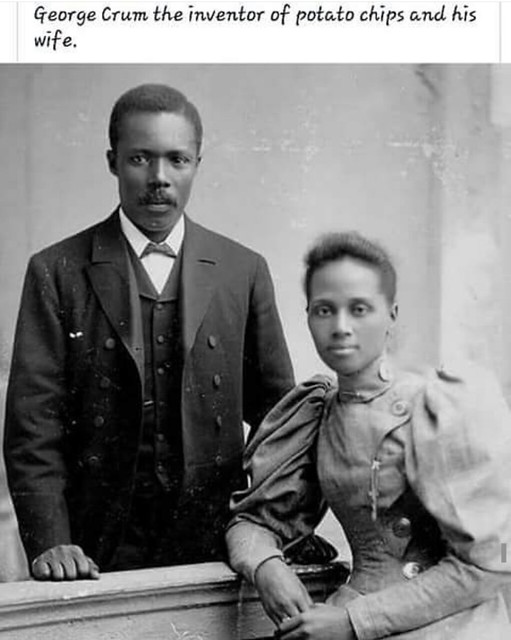
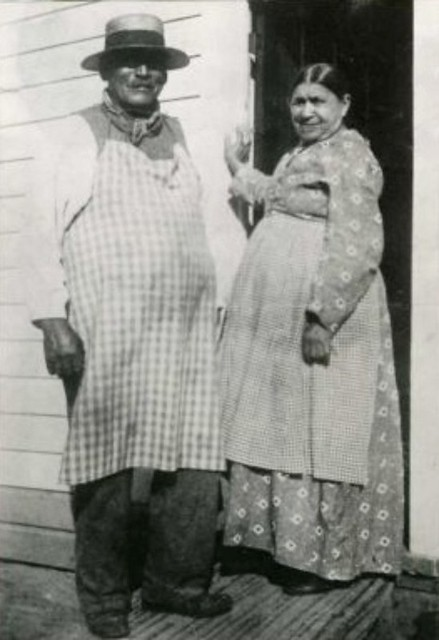
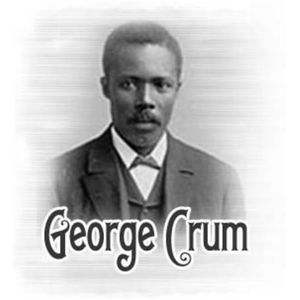
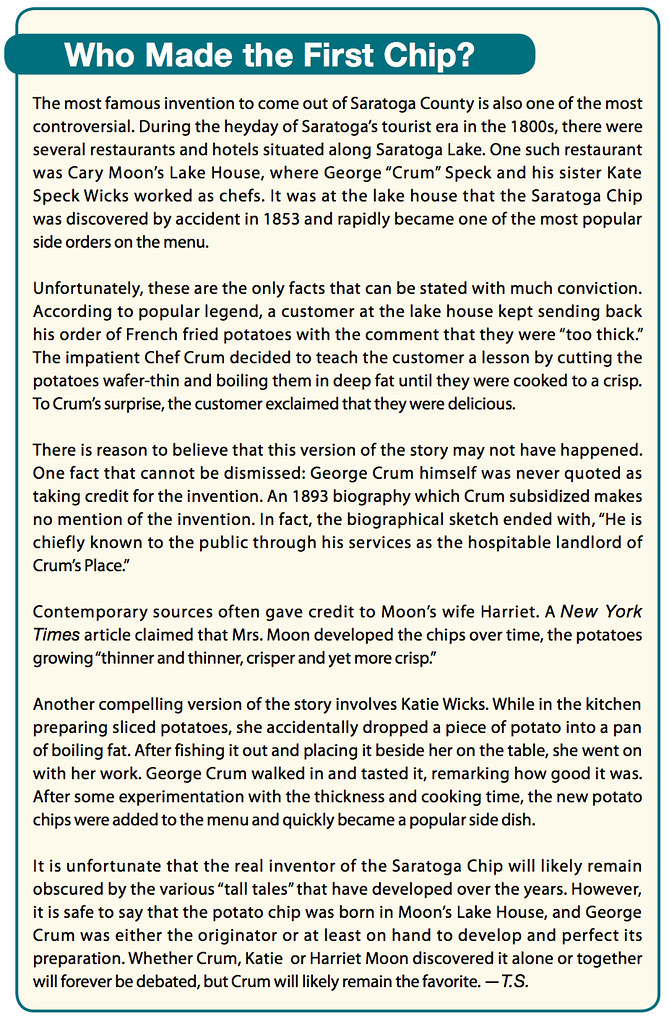
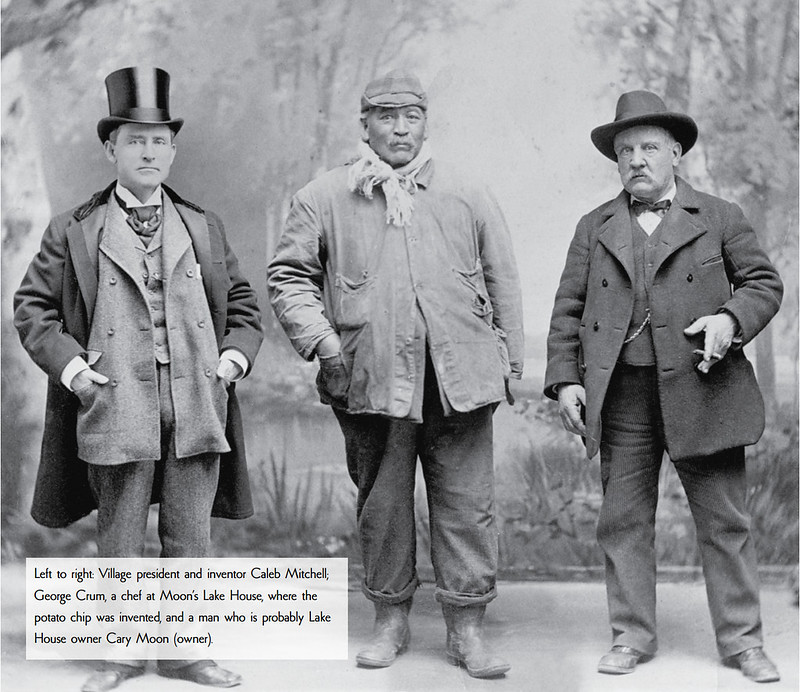
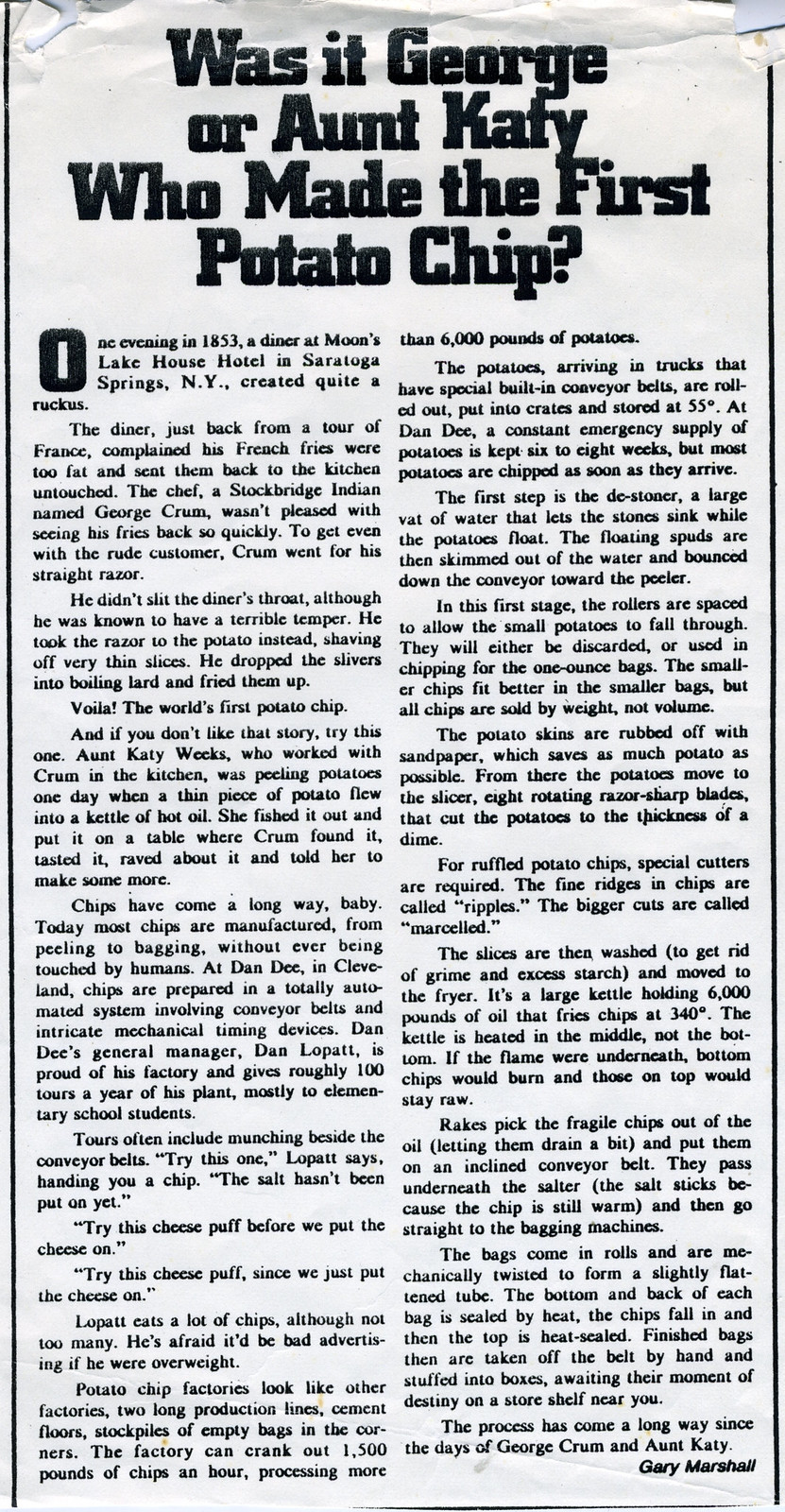












 My hands down favorite photo of Bruce, which I took for the Chef’s Association of the Pacific Coast newsletter. I don’t think this is the one they used, but, by far, as I think it captures Bruce’s spirit and his great love and passion for what he does with his cooking and beer.
My hands down favorite photo of Bruce, which I took for the Chef’s Association of the Pacific Coast newsletter. I don’t think this is the one they used, but, by far, as I think it captures Bruce’s spirit and his great love and passion for what he does with his cooking and beer.



